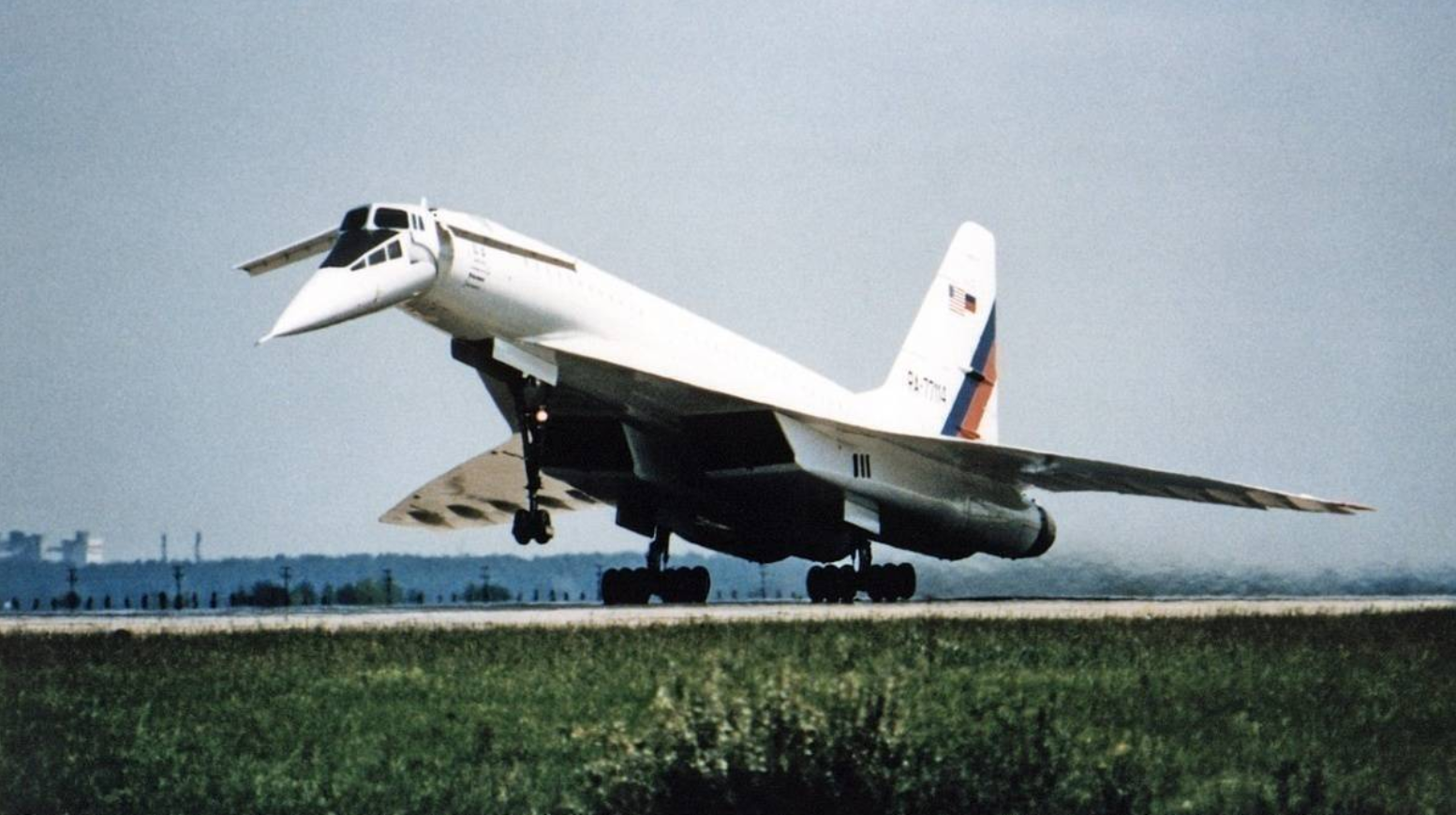The Tupolev Tu-144, hailed as the fastest aircraft ever, emerged as the Soviet Union’s answer to the Anglo-French Concorde and the ill-fated American Boeing 2707.
On a momentous test flight on 10 November 1970, the inaugural prototype (airframe 044) soared to unprecedented heights, achieving a true airspeed of 2,430 km/h (1,509 mph) at an altitude of 16,960 m (55,643 ft), corresponding to approximately Mach 2.28.

A Race for Supersonic Supremacy
Amidst the fervor of the mid-1960s, a global consensus among leading technologists heralded supersonic airliners, known as SSTs (Supersonic Transports), as the future of international air travel.
Thus began a three-way contest to pioneer this revolutionary mode of transportation, with the Tupolev Tu-144 challenging the Concorde and the abortive Boeing 2707.
Tu-144’s Tumultuous Genesis
In the heated competition for supersonic dominance, engineers hastily pushed the initial prototype of the Tu-144 into production with minimal mathematical modeling of its high-speed capabilities, in stark contrast to the meticulous approach taken with the Concorde.
The result was an aircraft of remarkable speed but plagued by numerous aerodynamic and mechanical complications.
Rectifying Tu-144 Deficiencies
Extensive testing revealed critical issues with the Tu-144 prototype, notably its range of only 2,920 km (1,814 mi) instead of the intended 6,500 km.
Remedial actions involved installing larger fuel tanks and numerous aerodynamic adjustments, increasing the weight from 150 to 190 tonnes (330,000–418,000 lb).
Despite these alterations mitigating low-speed control issues and engine vibrations, range limitations persisted.
Speed versus Sustainability
The Tu-144S, the production variant, boasted impressive cruising speeds, allegedly reaching up to 2,500 km/h (1,553 mph; Mach 2.35) under optimal conditions, surpassing the Concorde’s constraints imposed by a computerized autopilot.
However, the Tu-144’s reliance on afterburners for supersonic flight resulted in excessive noise levels and compromised operational range, rendering it unable to fulfill its intended purpose of transatlantic travel.
Operational Challenges and Demise
Despite achieving speed records, the Tupolev Tu-144 ultimately encountered significant operational challenges and the public widely considers it a failure.
Its NK-144 engines did not provide enough thrust for supersonic cruising without afterburners, causing operational issues and limiting its range, making it unsuitable for transatlantic routes.
Aeroflot’s service of the Tu-144 was plagued by cancellations and safety concerns, prompting its discontinuation by May 1978.
Read more: Here’s the fastest jet in the world
The Unfulfilled Promise of Supersonic Travel
The anticipated age of supersonic travel failed to materialize as envisioned. Concorde, entering service in 1976, struggled to meet expectations and was retired in 2003 due to insufficient demand.
Despite its niche profitability on transatlantic routes, Concorde’s limited success underscored the unrealized potential of SSTs, marking the end of a grand yet unsustainable chapter in aviation history.